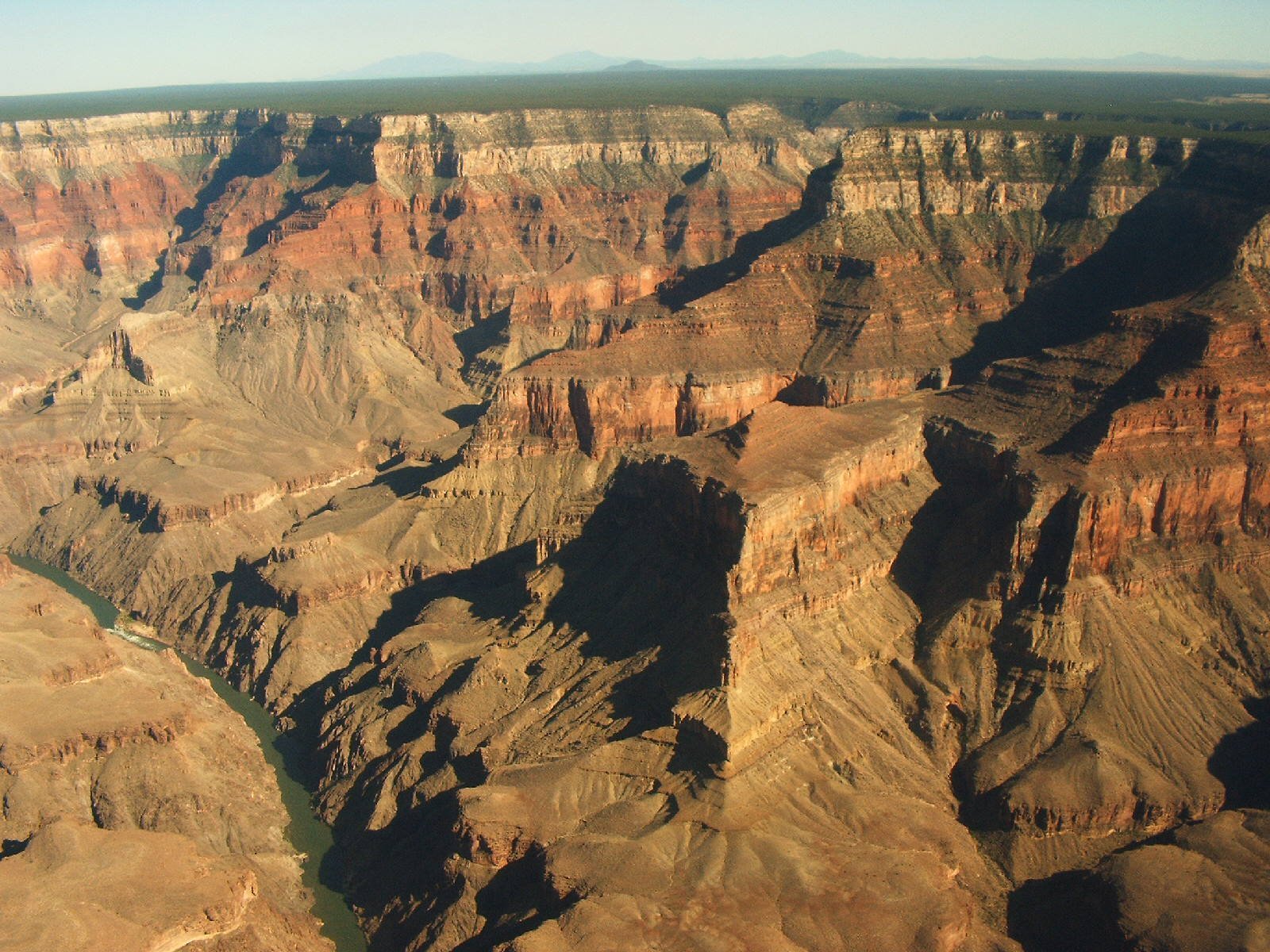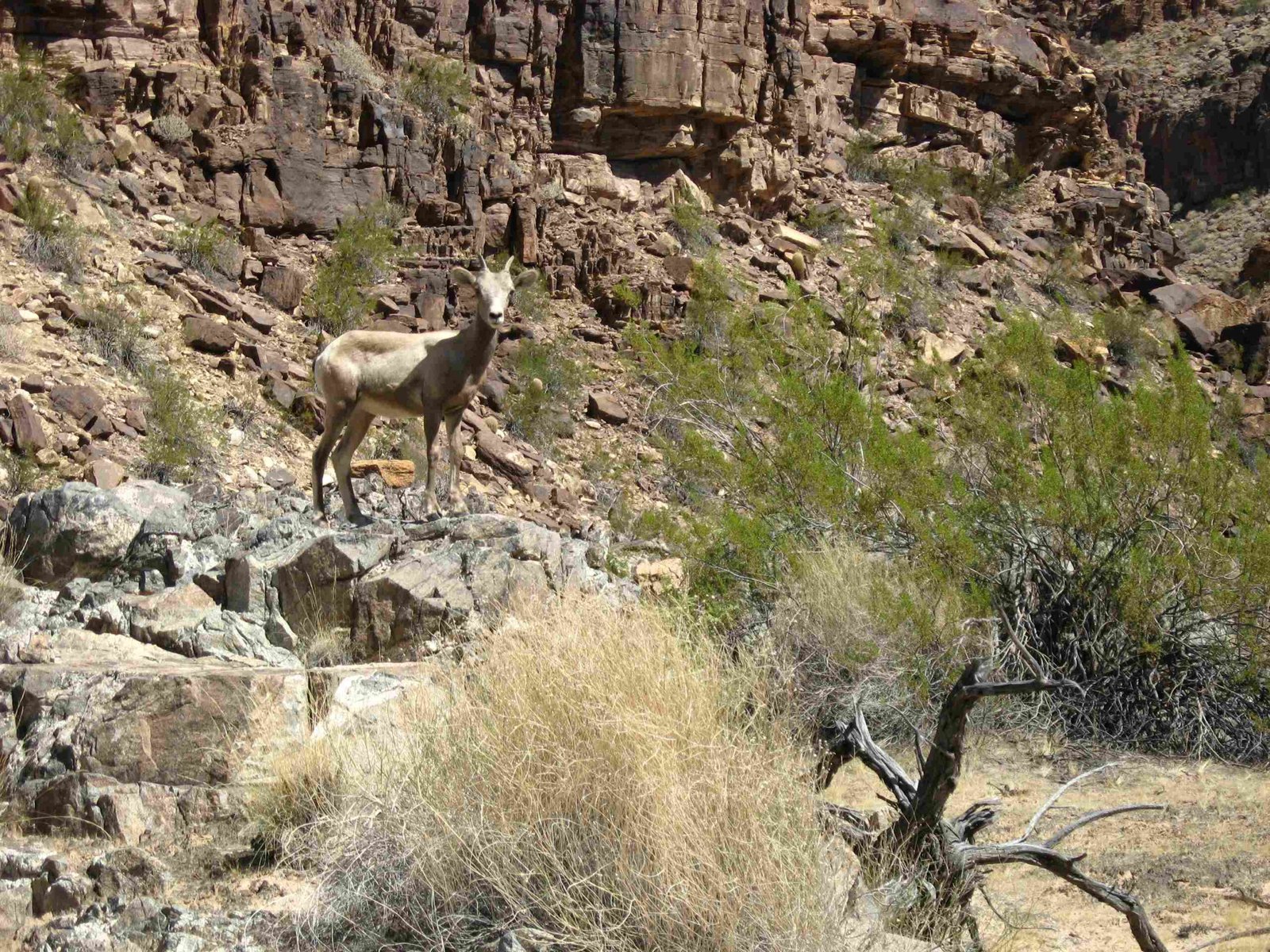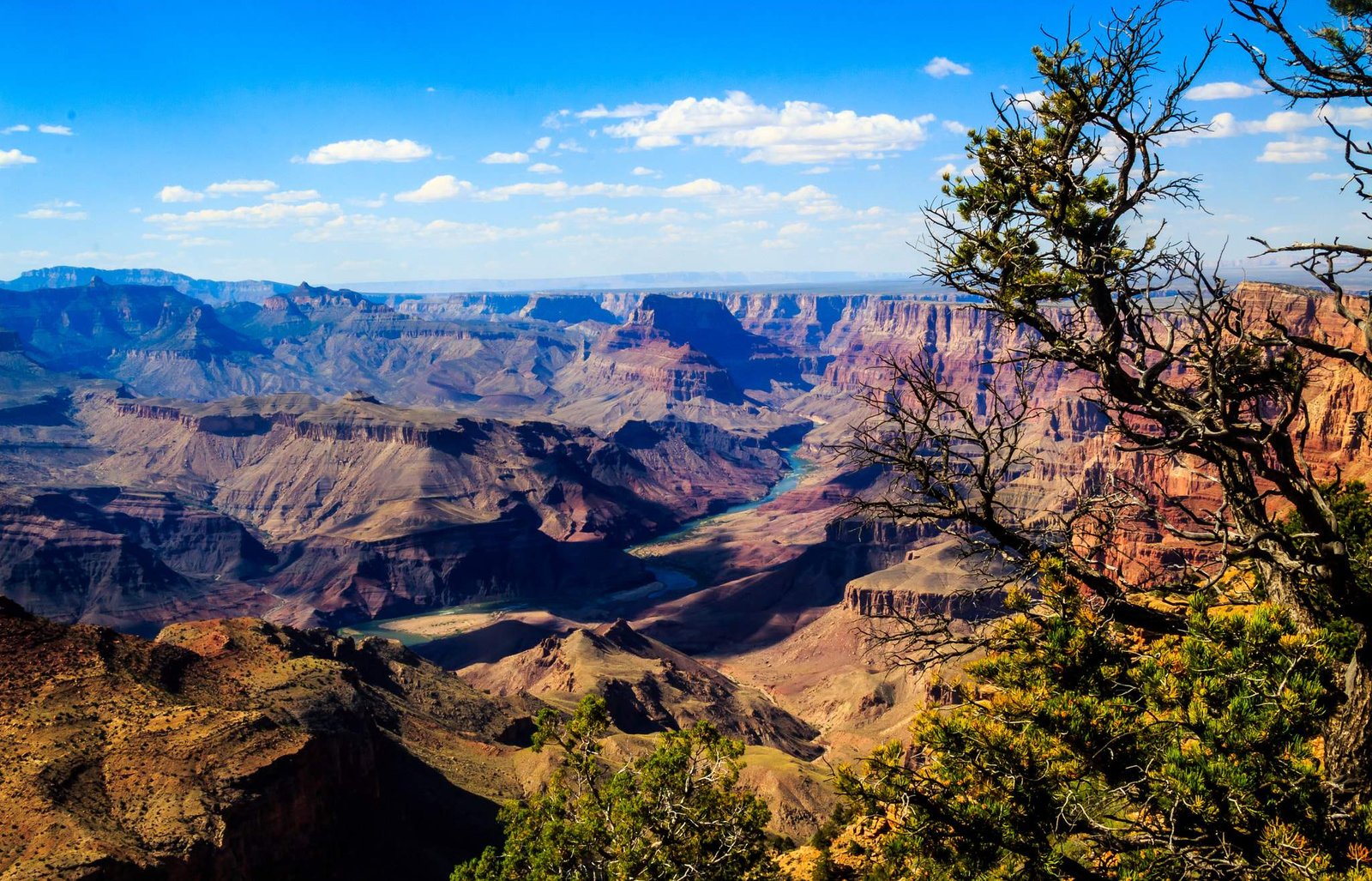Capturing the Grand Canyon’s majestic beauty requires more than just pointing and shooting. Professional photographers understand that transforming this geological wonder into a compelling visual narrative demands strategic planning, technical skill, and creative vision. Whether you’re a seasoned photographer or an enthusiastic traveler, mastering grand canyon pic ideas can elevate your images from ordinary snapshots to extraordinary visual stories that capture the canyon’s timeless magnificence.
What Makes Grand Canyon Photography Unique?

The Grand Canyon offers photographers an unparalleled canvas of geological complexity, dramatic lighting, and expansive landscapes. Its layered rock formations, spanning nearly two billion years of Earth’s history, provide photographers with an extraordinary opportunity to create visually stunning compositions.
Top Techniques for Exceptional Grand Canyon Images
1. Mastering Light and Shadow Dynamics
| Technique | Best Time | Recommended Equipment |
|---|---|---|
| Golden Hour Shooting | Sunrise/Sunset | Tripod, Wide-angle Lens |
| Silhouette Composition | Early Morning/Late Evening | Telephoto Lens |
| High Dynamic Range | Midday with Clouds | Neutral Density Filters |
2. Strategic Composition Approaches
- Foreground Integration: Include rocks, vegetation, or human elements to provide scale and depth
- Rule of Thirds: Position key elements at intersection points for balanced compositions
- Leading Lines: Use canyon ridges and geological formations to guide viewer’s eye
Camera Settings for Grand Canyon Photography
Recommended Technical Parameters:
– ISO: 100-400 (Low noise)
– Aperture: f/8 – f/11 (Maximum depth of field)
– Shutter Speed: 1/30 – 1/250 seconds
– White Balance: Daylight or Custom
Where to Capture Remarkable Grand Canyon Images?

Top 5 Photographic Viewpoints
- Hopi Point
- Panoramic vista spanning multiple canyon layers
- Ideal for sunrise/sunset photography
-
Accessible via shuttle bus
-
Mather Point
- Central location with dramatic canyon views
- Perfect for first-time photographers
-
Proximity to visitor center
-
Lipan Point
- Unique angle showcasing Colorado River
- Less crowded than popular viewpoints
-
Excellent for telephoto compositions
-
Yavapai Point
- Geological exhibit nearby enhances photographic context
- Unobstructed canyon perspectives
-
Wheelchair accessible
-
Desert View
- Widest panoramic view
- Historic watchtower adds architectural interest
- Multiple layered composition opportunities
Advanced Photography Techniques
Specialized Shooting Strategies
- Use graduated neutral density filters
- Experiment with long exposure techniques
- Capture multiple exposures for HDR processing
- Include human elements for scale
- Explore infrared photography
Essential Equipment Recommendations
Must-Have Photography Gear:
– Sturdy tripod
– Wide-angle lens (16-35mm)
– Telephoto lens (70-200mm)
– Neutral density filters
– Remote shutter release
– Extra batteries
– Lens cleaning kit
Seasonal Photography Considerations
| Season | Photographic Characteristics | Recommended Techniques |
|---|---|---|
| Spring | Soft light, wildflowers | Macro and landscape blending |
| Summer | Dramatic thunderstorms | Lightning and cloud formations |
| Autumn | Soft golden light | Warm color palette compositions |
| Winter | Snow-dusted landscapes | Minimalist, high-contrast images |
Pro Tips for Exceptional Images
- Arrive early at viewpoints
- Check weather conditions
- Understand park photography regulations
- Protect equipment from dust and temperature variations
- Practice patience and experiment
Technical Post-Processing Recommendations
- Use RAW file format
- Apply selective exposure adjustments
- Enhance color balance
- Maintain natural color representation
- Minimize over-processing
Safety and Ethical Considerations
- Respect park guidelines
- Stay on designated paths
- Protect natural environment
- Obtain necessary permits
- Practice leave-no-trace principles
Final Insight: Grand Canyon photography transcends mere documentation—it’s about capturing a profound geological narrative that speaks to the planet’s extraordinary history.

